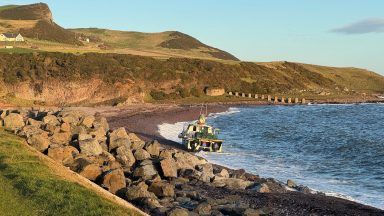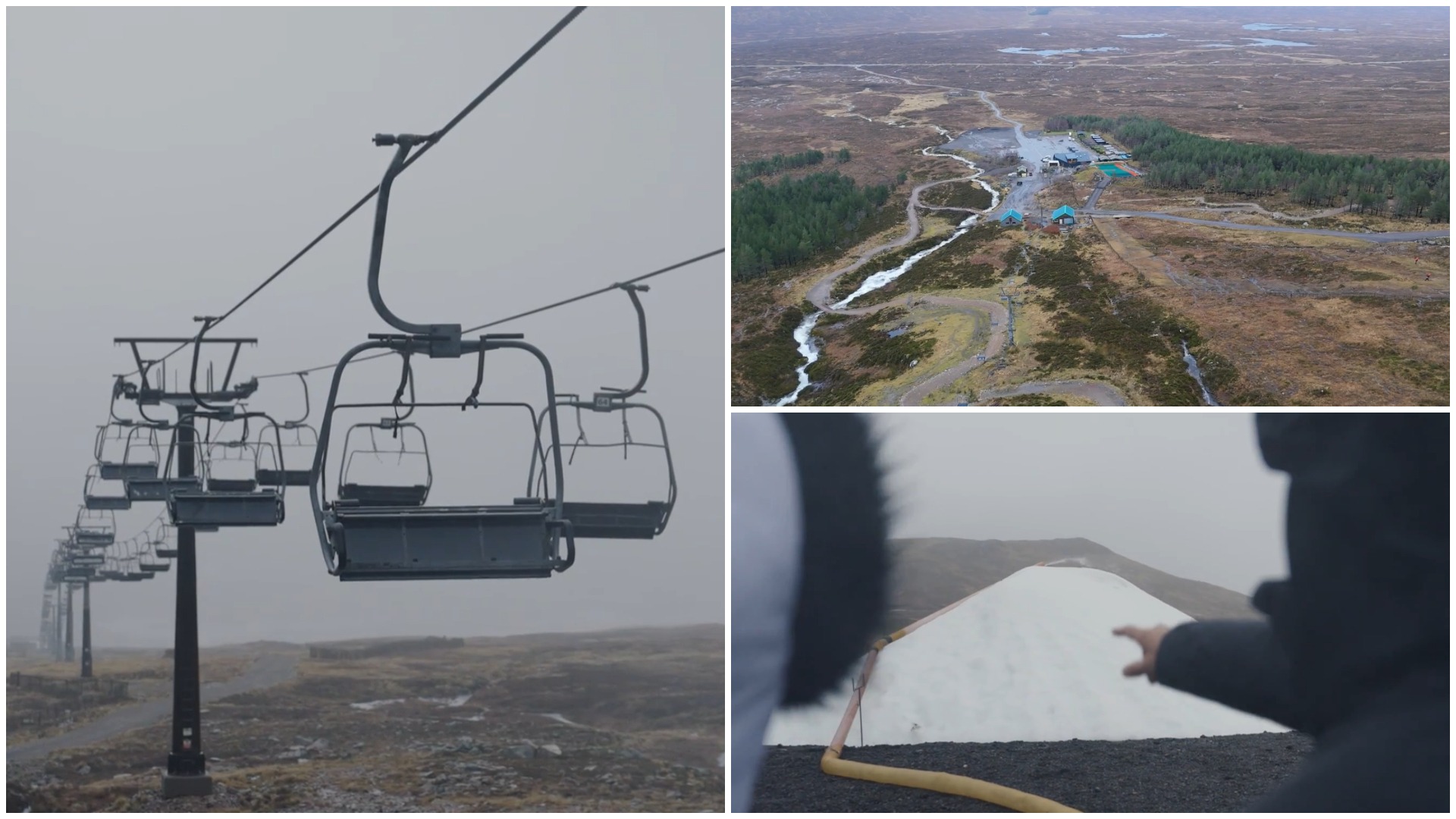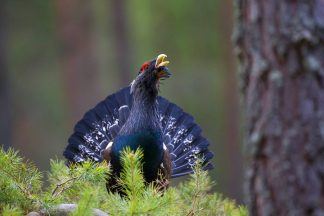Ancient bones and fossils found in a cave in the Highlands suggest that polar bears may have once roamed Scotland.
Scientists at the University of Aberdeen and National Museums Scotland made the discovery after re-evaluating fossils collected at the Inchnadamph “Bone Caves” in Sutherland.
Working with the University of Edinburgh Master’s student Holland Taekema, researchers found evidence of fish in the diet of animals that, until now, had been identified as brown bears.
The samples were dated to around 30,000 to 50,000 years old – well before humans occupied the land.
Using new stable isotope data, a technique for reconstructing diets in past populations, researchers found that even modern day grizzly bears don’t show “anything close to this level of seafood consumption in their diet”.
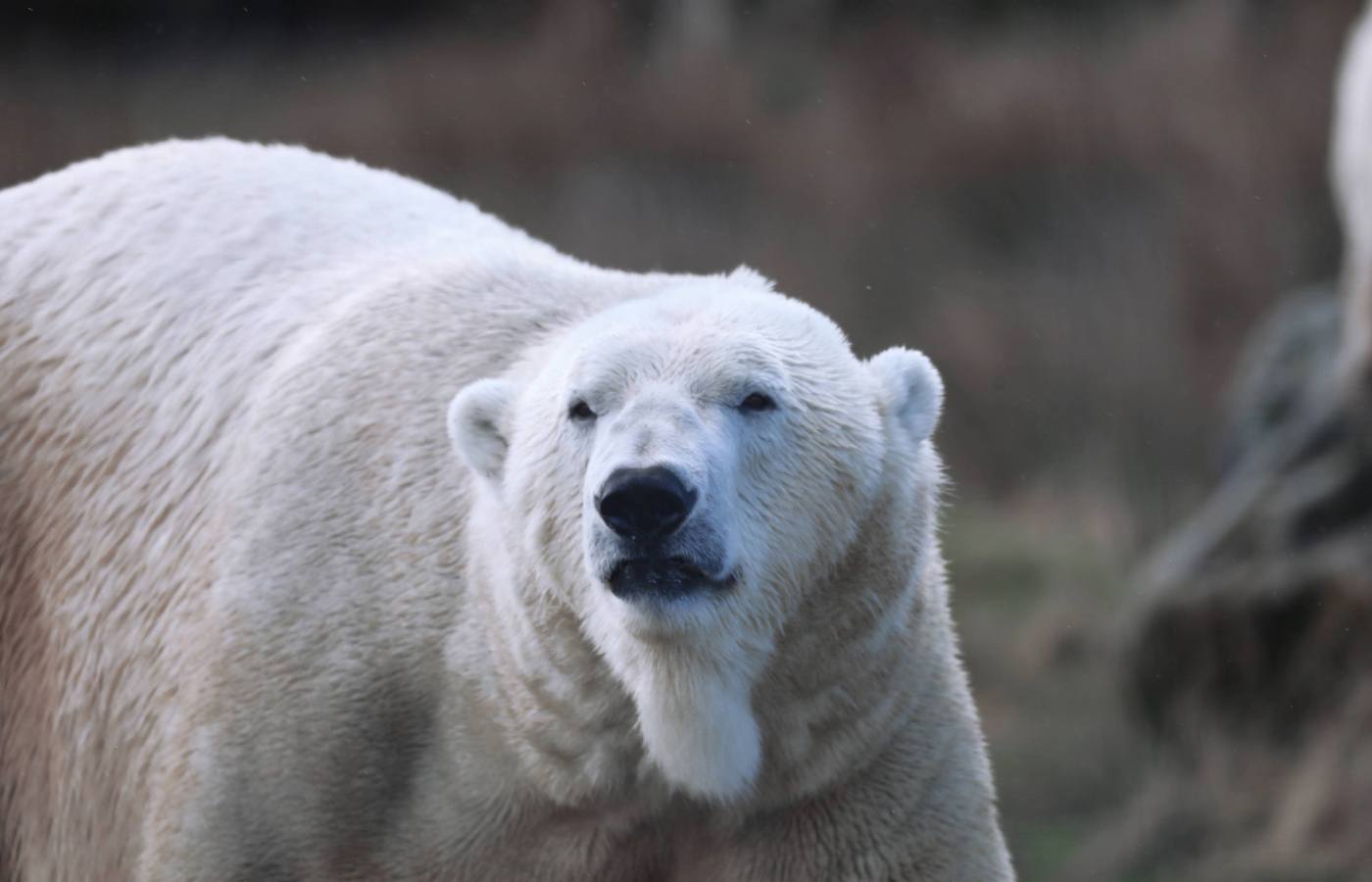 Royal Zoological Society of Scotland’s (RZSS)
Royal Zoological Society of Scotland’s (RZSS)Researchers said the diet is markedly different from the meat and plant-based diet typical for modern brown bears, those found in the British Isles prior to their extinction in the last 1,000 years, and may even point to the presence of polar bears living in Scotland during the Last Ice Age.
Professor Kate Britton, from the University of Aberdeen, said the identified samples “stick out like a sore thumb” from the diets of other bears living in Scotland thousands of years ago.
“Instead of consuming the meat of land-based animals, plants, or even a little salmon, like contemporary brown bears, these bears appear to have lived almost exclusively on seafood,” she said.
“This is at odds with what we know about brown bear diets today, but also across the ages. Even modern grizzly bears, known to gorge seasonally on salmon in some places, don’t show anything close to this level of seafood consumption in their diet.”
Ms Britton added that the diet is so unusual researchers need to either re-evaluate what they know about brown bear feeding ecology or question whether these fossils are brown bears at all.
“Given they are fishier than the average bear, we now have work to do to understand why and to answer the question as to whether these are brown bears with a unique diet, or a different species or subspecies of brown bear, maybe even polar bears,” the professor said.
While polar bears are only found today in the circumpolar north, researchers say that as the climate cooled into the Last Glacial Maximum, the seasonal sea ice limit in the North Atlantic would have moved south, potentially enabling polar bears to spread to more southerly areas.
Following the discovery, the team will conduct further work to address questions about the known presence of brown bear DNA in modern polar bears and polar bear DNA in the wider population of Ice Age European brown bears to understand how the genetic data might relate to the evidence from the bone caves.
Dr Andrew Kitchener, principal curator of vertebrates at National Museums Scotland, where the fossils are held, added: “When experiencing this habitat expansion, the polar bears may well have encountered the brown bears which inhabited Scotland at this time.
“As we know, polar bears and brown bears can successfully interbreed today where their ranges overlap, and it presents interesting questions about the ancestry of bears that later roamed our islands.”
Follow STV News on WhatsApp
Scan the QR code on your mobile device for all the latest news from around the country


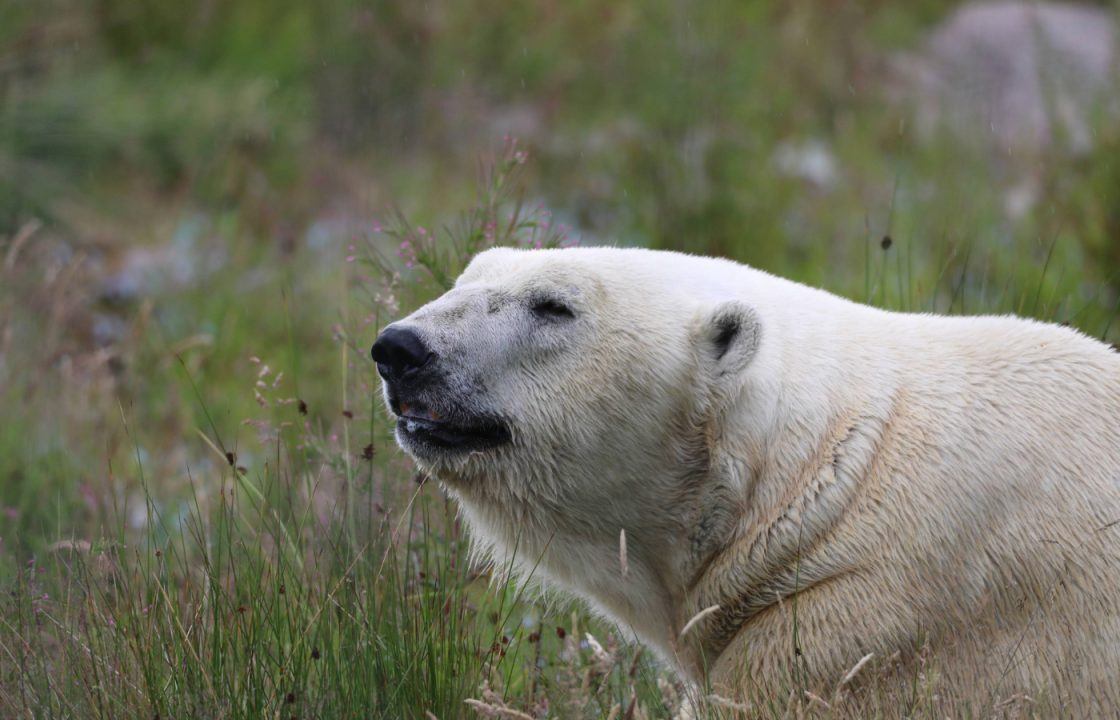 Royal Zoological Society of Scotland’s (RZSS)
Royal Zoological Society of Scotland’s (RZSS)

